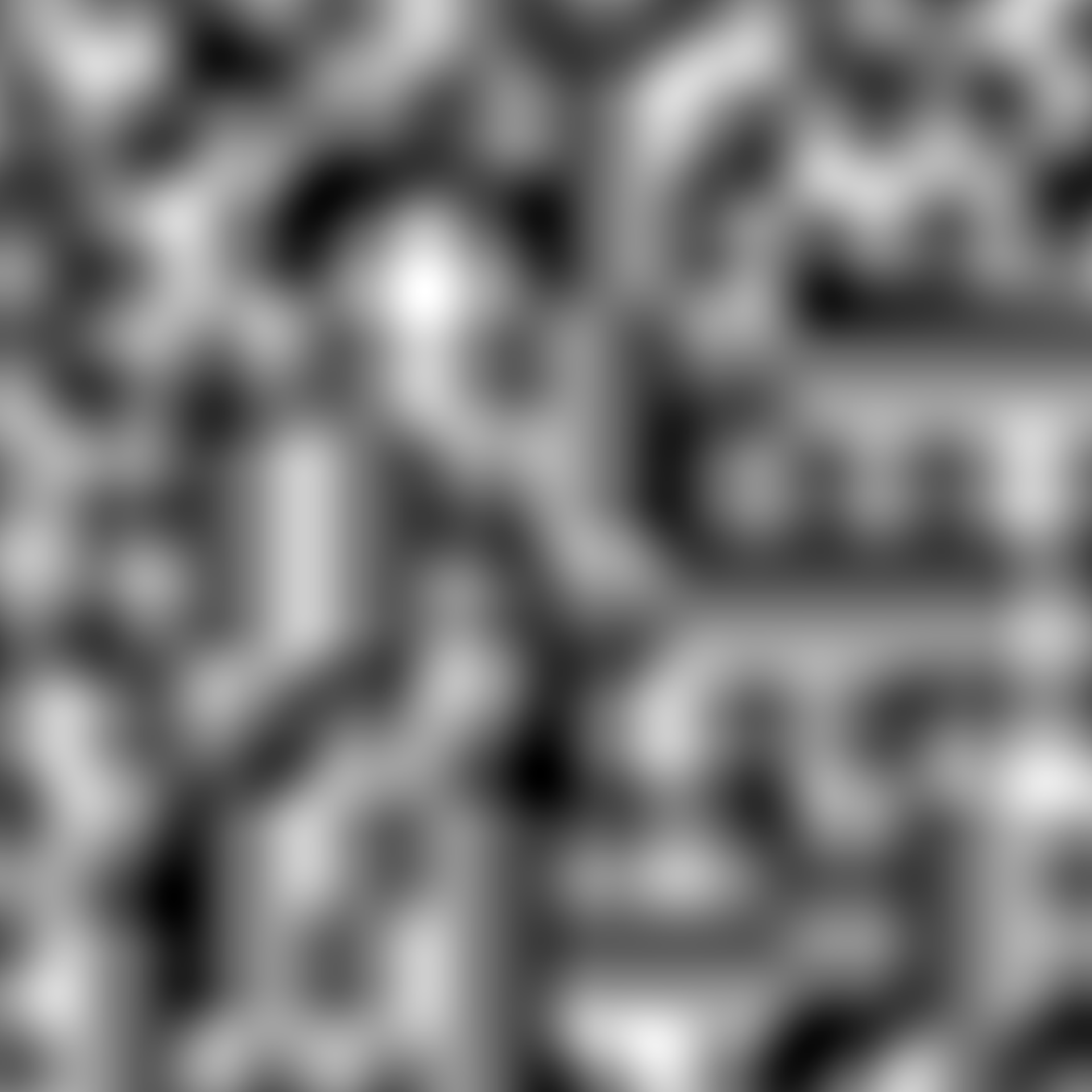This function generates either 2 or 3 dimensional perlin noise, with optional pertubation and fractality. Perlin noise is one of the most well known gradient noise algorithms and have been used extensively as the basis for generating landscapes and textures, as well as within generative art. The algorithm was developed by Ken Perlin in 1983.
noise_perlin(
dim,
frequency = 0.01,
interpolator = "quintic",
fractal = "fbm",
octaves = 3,
lacunarity = 2,
gain = 0.5,
pertubation = "none",
pertubation_amplitude = 1
)
gen_perlin(
x,
y = NULL,
z = NULL,
frequency = 1,
seed = NULL,
interpolator = "quintic",
...
)Arguments
- dim
The dimensions (height, width, (and depth)) of the noise to be generated. The length determines the dimensionality of the noise.
- frequency
Determines the granularity of the features in the noise.
- interpolator
How should values between sampled points be calculated? Either
'linear','hermite', or'quintic'(default), ranging from lowest to highest quality.- fractal
The fractal type to use. Either
'none','fbm'(default),'billow', or'rigid-multi'. It is suggested that you experiment with the different types to get a feel for how they behaves.- octaves
The number of noise layers used to create the fractal noise. Ignored if
fractal = 'none'. Defaults to3.- lacunarity
The frequency multiplier between successive noise layers when building fractal noise. Ignored if
fractal = 'none'. Defaults to2.- gain
The relative strength between successive noise layers when building fractal noise. Ignored if
fractal = 'none'. Defaults to0.5.- pertubation
The pertubation to use. Either
'none'(default),'normal', or'fractal'. Defines the displacement (warping) of the noise, with'normal'giving a smooth warping and'fractal'giving a more eratic warping.- pertubation_amplitude
The maximal pertubation distance from the origin. Ignored if
pertubation = 'none'. Defaults to1.- x, y, z
Coordinates to get noise value from
- seed
The seed to use for the noise. If
NULLa random seed will be used- ...
ignored
Value
For noise_perlin() a matrix if length(dim) == 2 or an array if
length(dim) == 3. For gen_perlin() a numeric vector matching the length of
the input.
References
Perlin, Ken (1985). An Image Synthesizer. SIGGRAPH Comput. Graph. 19 (0097-8930): 287–296. doi:10.1145/325165.325247.

